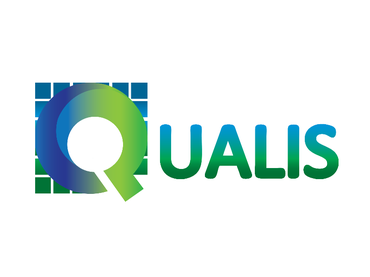LEXIA CÓRREGO
Geosociolinguistic Atlas of the Quilombola Communities in Northeast Pará & Linguistic Cartography of the Municipality of Igarapé-Miri/PA
Visualizações: 104DOI:
https://doi.org/10.56579/rei.v6i3.1539Keywords:
Sociolinguistics, Linguistic Variation, LexiconAbstract
The general objective is to compare the lexical items found in the linguistic description of the Geosociolinguistic Atlas of the Quilombola Communities of Pará and the Semantic-Lexical Study of the municipality of Igarapé-Miri/PA. The methodology consists of a comparative analysis method based on the lexical items found in the first question, "córrego," of the QSL ALiB. The analysis corpus includes the lexical items registered in the Geosociolinguistic Atlas of the Quilombola Communities of Pará and in the Linguistic Cartography. The theoretical foundations are based on: Labov (1972), Bagno (2014), and Fachin (2001). The concluding approximations allow us to infer that the lexical item proposed by ALiB ("córrego") shows 02 (two) identical variations between the Geosociolinguistic Atlas of the Quilombola Communities of Northeast Pará and the Linguistic Cartography of the speech of the inhabitants of the municipality of Igarapé-Miri/Pará. Comparing these semantic-lexical occurrences reveals a way of speaking that represents the identity of two peoples, as well as common points of the same cultural aspect represented by the speech of these communities.
Downloads
References
BAGNO, Marcos. Língua, linguagem, linguística: Pondo os pingos nos ii. São Paulo: Parábola Editorial, outubro de 2014.
COSTA, Silvany Santana de Oliveira. Cartografia Linguística: Um estudo semântico-lexical da fala dos moradores do município de Igarapé-Miri/PA. 2015. 297 f. Dissertação (Pós-Graduação em Educação) – Universidade do Estado do Pará, Belém, 2015.
DIAS, Marcelo Pires. Atlas Geossociolinguístico Quilombola do Nordeste do Pará. 2017. 569 f. Tese (Pós-Graduação em Letras) – Universidade Federal do Pará, Belém, 2017.
DIAS, Marcelo Pires; OLIVEIRA, Marilucia Barros de. Inflorescência terminal da bananeira em dois atlas Linguísticos brasileiros: um estudo comparativo. Revista Latino-Americana de Estudos em Cultura e Sociedade. ... v. 5, nº 02, p 01-14, 2019. DOI: https://doi.org/10.23899/relacult.v5i2.1642
FACHIN, Odila. Fundamentos de Metodologia. São Paulo: Saraiva, 2001. 113 p. MAPA Igarapé-Miri. Disponível em: https://portaldemapas.ibge.gov.br/portal.php#homepage. Acesso em: 19 jan. 2021.
LABOV, W. Padrões sociolinguísticos. Tradução de Marcos Bagno, Maria Marta Pereira Scherre, Caroline Rodrigues Cardoso. São Paulo: Parábola Editorial, 2005 (1972).

Downloads
Published
How to Cite
Issue
Section
License
Copyright (c) 2024 Interdisciplinary Studies Journal

This work is licensed under a Creative Commons Attribution 4.0 International License.
The Journal of Interdisciplinary Studies adopts the Creative Commons Attribution 4.0 International License (CC BY 4.0), which allows for sharing and adapting the work, including for commercial purposes, provided proper attribution is given and the original publication in this journal is acknowledged.












